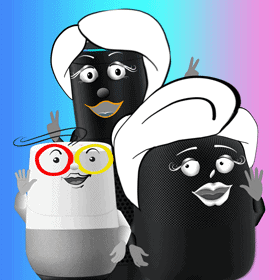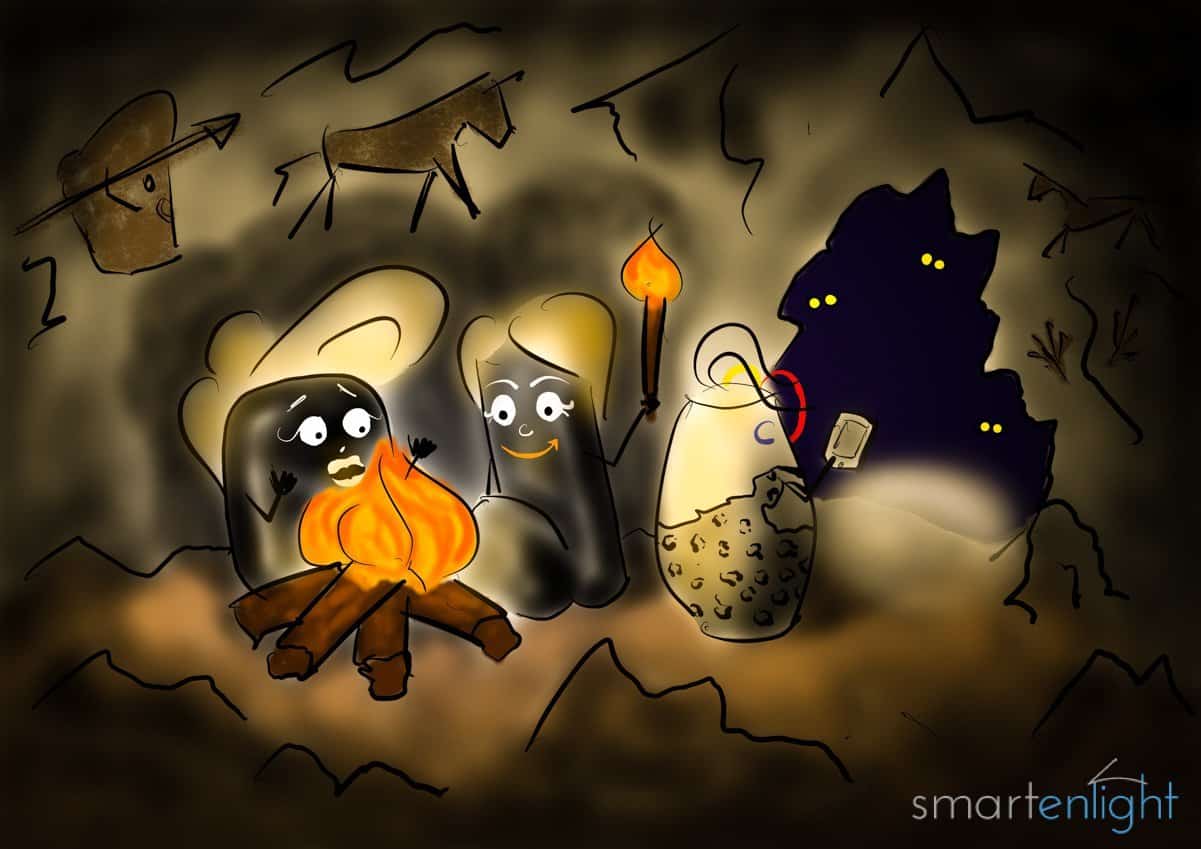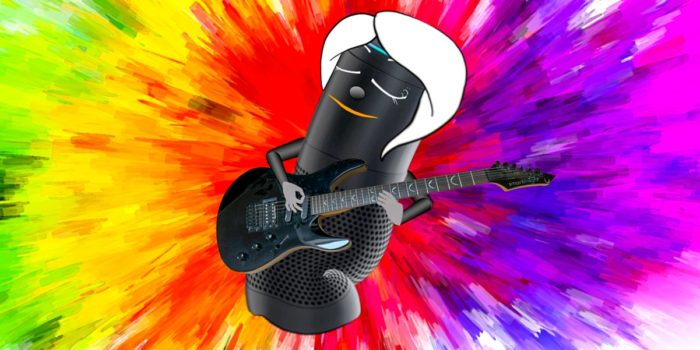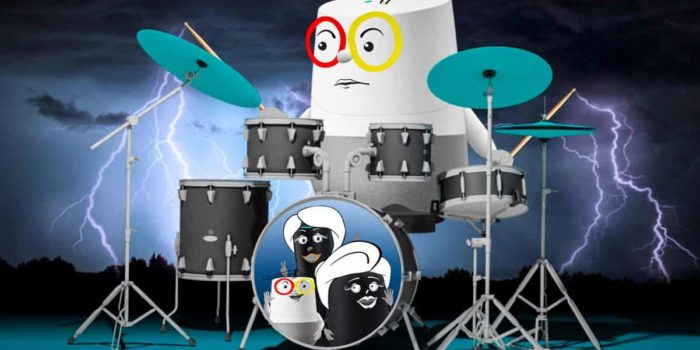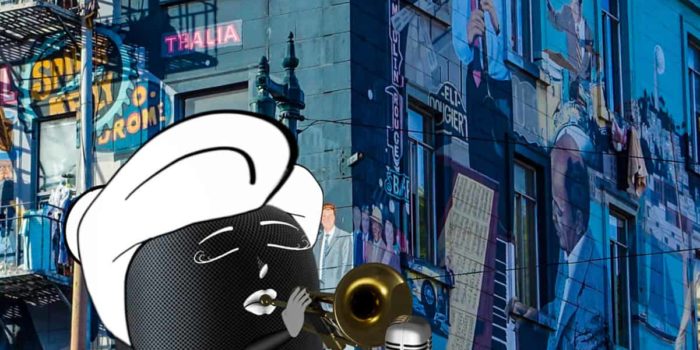Just as light is a vital component of life, smart lighting is a cornerstone of our smart home. In this introduction post (thank you for the feedback, that we need such posts!), we will shed some light on the history and evolution of lighting and how it comes that smart lamps can enlight our home today.
What is light?
Planning on a bigger post about the history of light, from mythology to religion, early optics, art (I got stuck in there), to electromagnetic waves, wave/particle duality, quantum physics etc. I realized soon too late, that this would be a rather huge project.
We need to save this for later, since we need an overview now.
A Very Brief History of Light
With the control of fire, quite some time ago – when exactly, depends on whether we look at Homo habilis, Homo erectus or Homo sapiens – we reached an important point in our cultural development. From cooked food to warm caves and protection, we owe fire many early developments, like tools and weapons for hunting. Yes, for hunting only!
After the torch came the oil lamp, somewhere 4000 B.C. We still use candles today, which were developed in early forms around 3000 B.C., as decorative lights and of course on our birthday cakes (though, I doubt we would put a candle made of whale fat on our cake).
We want our cities illuminated by night. In 1417 the mayor of London ordered to hang lanterns out on dark winter evenings. It was not until we started coal mining, that we discovered that burning coal gas is an effective source for lighting. In 1807 the first public street light was built in London. Late 1813 the whole Westminster bridge was illuminated by gas and by 1858 it could be found all over Britain, soon followed by most cities in North America and Europe.
Electric Lighting and the Light Bulb
Early Days
In 1879 Thomas Alva Edison did not invent the electric light, but he was the first one to create a mass product. According to historians, the light bulb was invented by 22 gentlemen, before Joseph Swan and Thomas Edison built their versions.
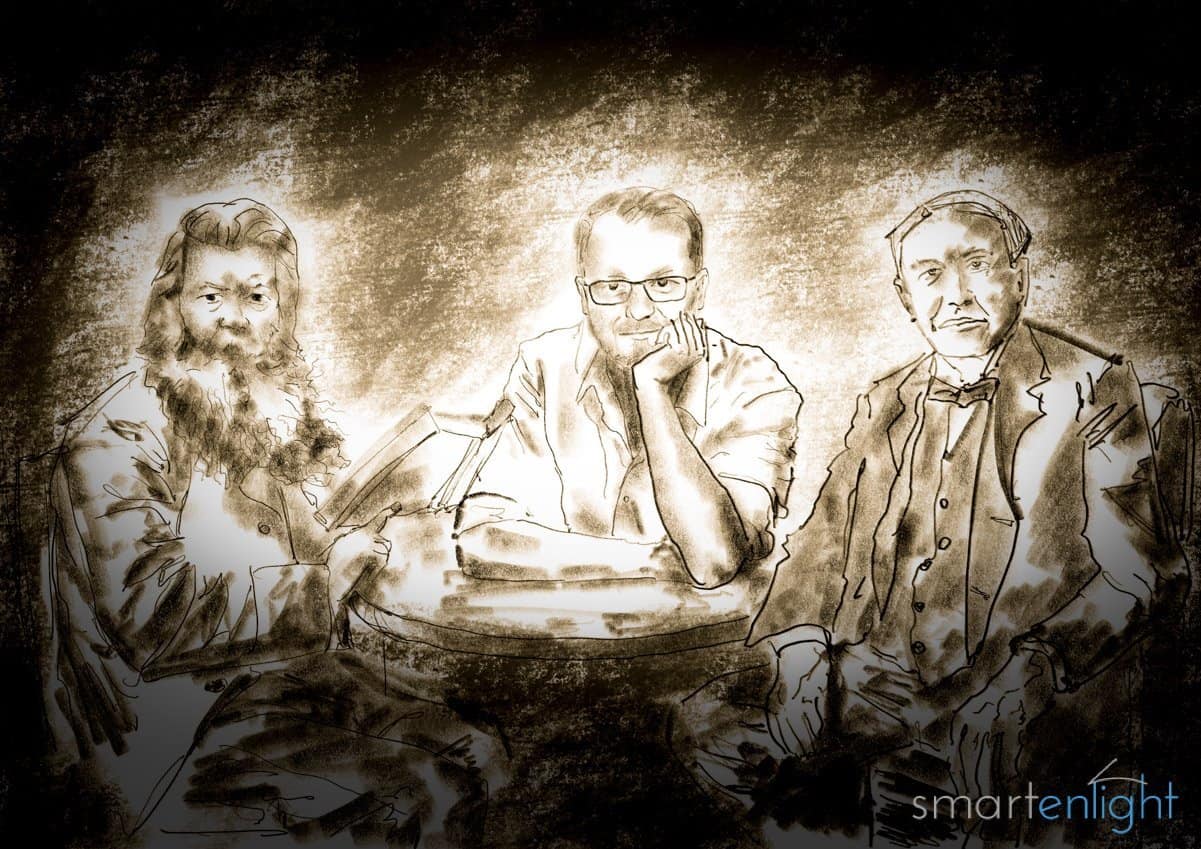
The Rise and the Fall of Incandescent Lamps
The effectivity and long-liveness of an incandescent lamp largely depend on the incandescent material (duh), it’s resistance and the vacuum around it. From carbon to platinum, to other metals, back to carbon, Edison’s first successful lamp lasted 13 hours, Swan’s lasted 40 hours. In 1896 Edison bought a patent from Arturo Malignani who found a way to mass manufacture bulbs which last 800 hours. Tungsten was the filament of choice of Sandor Just and Franjo Hanaman in 1904 who added gas into the bulb to improve efficacy. The improvements went on and reached by 1964 the factor of thirty compared to Edison’s initial version.
Around 95% of the power we put into an incandescent lamp is converted into heat, which is actually bad. As we have meanwhile developed more energy efficient lighting alternatives, like Halogen, CFL (compact fluorescent) and LED (light-emitting diode) lamps, governments around the world are phasing out the incandescent light bulbs.
The Age of LED
Replacing our incandescent lamps, which have a typical lifetime of 1000 hours and operate at around 60 Watt on average, but are brutally cheap to purchase, with a LED lamp which costs a lot more, is a no-brainer when we do the math:
A LED lamp has a lifetime of around 15000 hours and operates at around 8 Watt. While an incandescent lamp costs us some $330 over 20 years, a comparable LED lamp costs us only around $60 for the same period. This is for dumb LEDs, but what if we add some smartness? Well, this costs around $15-30 more during purchase, but as we will see, we can operate smarter, saving additional money. We can use sensors to automatically turn them off or dim them, not to mention the added comfort and convenience of light temperature and colors we can control.
What is a Smart Home?
Yesterday
“Smart home” is a term which has evolved over the past decades and keeps transforming into the future. Some 20 years ago, a light timer, which switched our outdoor lights off at a certain time, might have been called smart home technology. 15 years ago, a motion sensor controlled lamp might have been really smart. Around 10 years ago, this motion sensor could have had a daylight sensor incorporated, to switch the light on only when it is needed. Huh, I remember the time!
Today
What we perceive today as smart home are many different, network-connected devices, which help us to monitor and control, automate and optimize various aspects of our home. From lighting to entertainment, security to health. We can do that with our smartphones, tablets or computers and for the past 3 years also with our voice. If we are lucky we can connect all these devices to create a bigger, smarter system: our smart home.
Tomorrow
We are currently being held back by a technological fragmentation, which confuses us with many different smart home standards and makes it difficult to connect them. (Btw. That’s why I’ve created this website!)
We currently see different vendors, creating different “closed ecosystems”, but that’s only a short-term remedy.
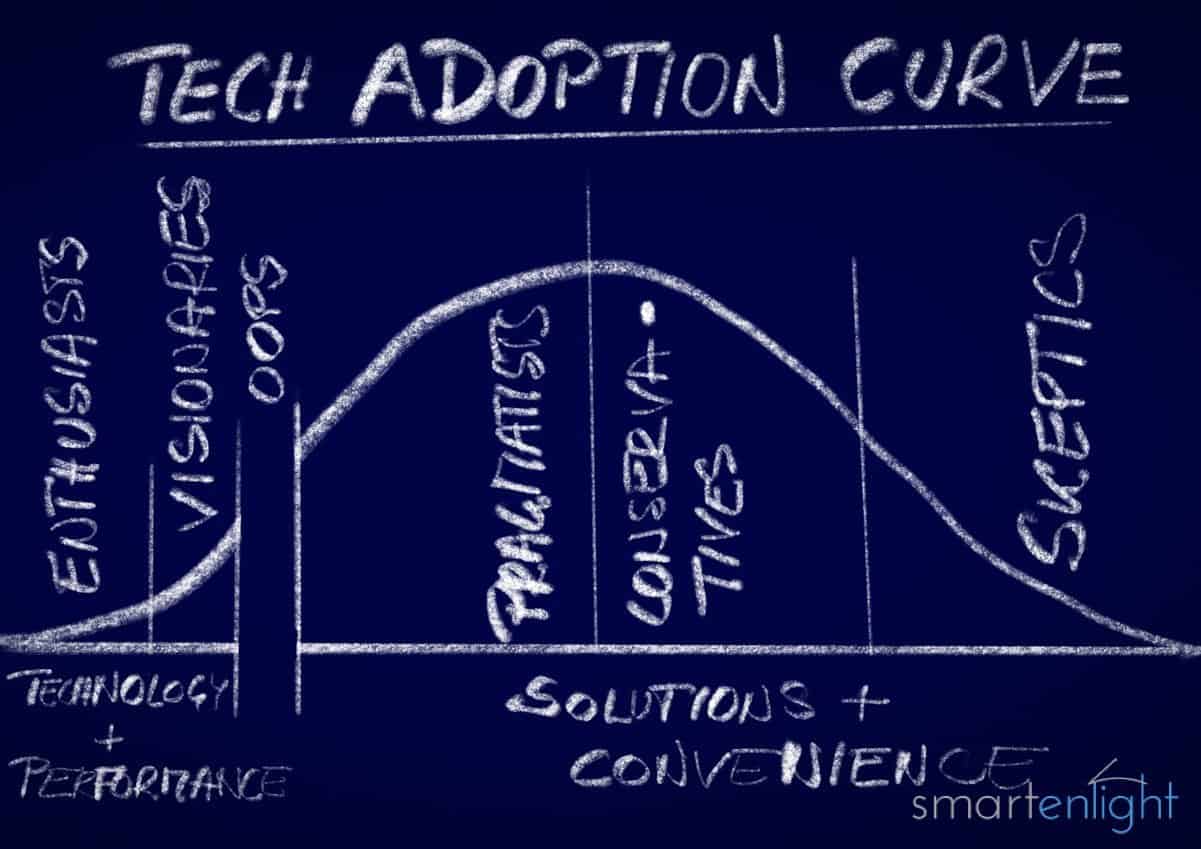
Smart home technology will only be widely adopted, when our smart home vendors improve on interoperability of their devices, so we can connect their bits and pieces conveniently to one, really smart home.
What is Smart Lighting?
We have started to look into the energy efficiency aspect of smart lighting. We have also identified smart lighting as an integral part of a smart home. Where do we go from here?
Here are some ideas!
We have The Many Ways of Controlling Smart Lighting, which give us insight into the “smart” part of smart lighting, in which we can look into further improving our energy efficiency, comfort, and convenience. We can Control Smart Lighting with Presence, Geo-fencing and Motion Sensors, hands- and voice free.
Talking about comfort and health, we could use smart lighting for Sleeping Better and Waking Up more Energized. Furthermore, we can simulate Natural Light with Smart Lighting throughout the day.
Here are some devices!
Philips Hue is the smart lighting system we – at our smart home – are using since 2013, and the system evolved into a quite huge setup, with multi-bridge and many accessories.
Nanoleaf Aurora: Smart Lighting, Living Paint or Smart Art? is sticking on our living room wall since end of 2016 and is a quite different smart lighting device. We have meanwhile upgraded our setup to the maximum set of tiles, hence the update Nanoleaf Aurora How To – Setup and Configuration to the Muks which goes into more detail.
“Let there be light!”
Though it is kind of cool to be able to “god-like” command your smart lighting with your voice, we are examining here not only the voice commands, but also the setup and smart home capabilities of our smart voice assistants in combination with our smart devices.
For Philips Hue:
- Siri and Philips Hue – Setup and Review
- Alexa and Philips Hue – Setup and Review
- Google Assistant and Philips Hue
- Assistant Comparison: Assistant Showdown with Philips Hue: Who will win? Siri, Alexa or Google Assistant
For Nanoleaf Aurora:
- Siri and Nanoleaf Aurora – Setup and Review
- Alexa and Nanoleaf Aurora – Setup and Review
- Google Assistant and Nanoleaf Aurora – Setup and Review
- Assistant Comparison: Assistant Showdown with Nanoleaf Aurora: Who will win, Siri, Alexa or Google Assistant?
- Nanoleaf Aurora and the Rhythm Module: Visualize Your Music
- Nanoleaf Remote Setup – The Shape of the Universe?
I hope you’ve enjoyed this introduction to smart lighting. If you have questions or want to share your experience, please leave your comment below!
Other Links
For a 5 minute definition of light, see this Kurzgesagt clip.
Here’s a Wikipedia article with comparison and cost calculation of different lamps (scroll down to the table).
The fall of the incandescent lamps: in this Wikipedia article you can check the current state of the phase-out (search for your region).
